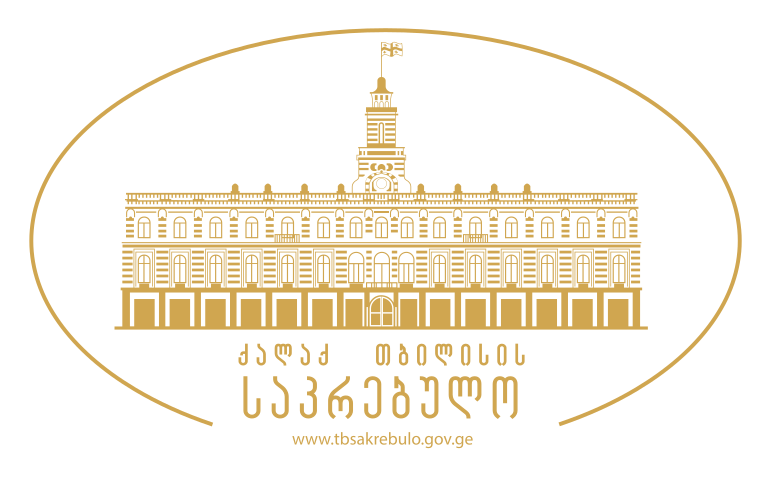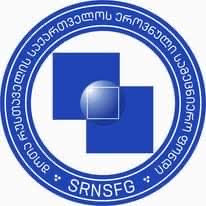004 - Urban Borderlands – Comparative Perspectives
Abstract:
In the past decades the concept of urban borderland has been subject to provocative theorizations that merge literary analysis with urbanism, anthropology, geography, philosophy and architecture. From Michel Foucault’s heterotopias, Gloria Anzaldúa’s Borderlands and Marc Augé’s non-places to contemporary contributions to the frameworks of borderscapes, urban peripheries and liminality (see some references below), scholars have emphasized that borderlands allow for a constant renegotiating of identities and often invite unregulated or unpredictable encounters at the interstices of the consolidated apparatuses of power and territorial organization. Railway stations, city gates, airports, bridges, alleys, sidewalks, benches, harbors, parks, abandoned buildings, holdout houses, frontier neighborhoods, “loose space”, spaces under construction, in progress… whether located in the city or on its margins, urban thresholds offer a potential for challenging the fixity often attributed to space and place.
In this group session we welcome proposals rooted in a comparative literature framework that address the following questions:
- How do specific city places come to be constructed as borderlands?
- How do these sites destabilize or endorse the notions of space and place?
- How are these borderlands narrated? Are there recurrent narrative formulas and images across historical and cultural contexts?
- How does literature engage with other fields of knowledge to articulate and/or problematize these spaces?
We are particularly interested in work that addresses: spaces that blur gender binaries, merge national identities and challenge class hierarchies, sites of dissident expressions of sexuality, spaces of transit and transition including rehab and healing spaces, liminal city areas that are ritualized, spaces of confinement and exclusion that rearticulate the core/periphery division, border-crossers and border subjects in urban environments, contested territories with identities that are constantly negotiated, waiting areas, peripheral arteries and cities at the intersection of two or more countries.
There are borderlands in every city. This group session will enable connections across time, space and cultures by engaging with the metaphor of the urban borderland as theoretical and conceptual tool for examining how alterity, positionality and spatial subversion are imagined and narrated.
References:
This group session is organized by the research network Fringe Urban Narratives (www.urbanfringes.com), an interdisciplinary network with researchers and artists interested in the cultural processes of imagining and narrating urban experiences from the margins.
The Project was supported by Shota Rustaveli National Science Foundation of Georgia (SRNSFG) [grant number MG-ISE-22-170]

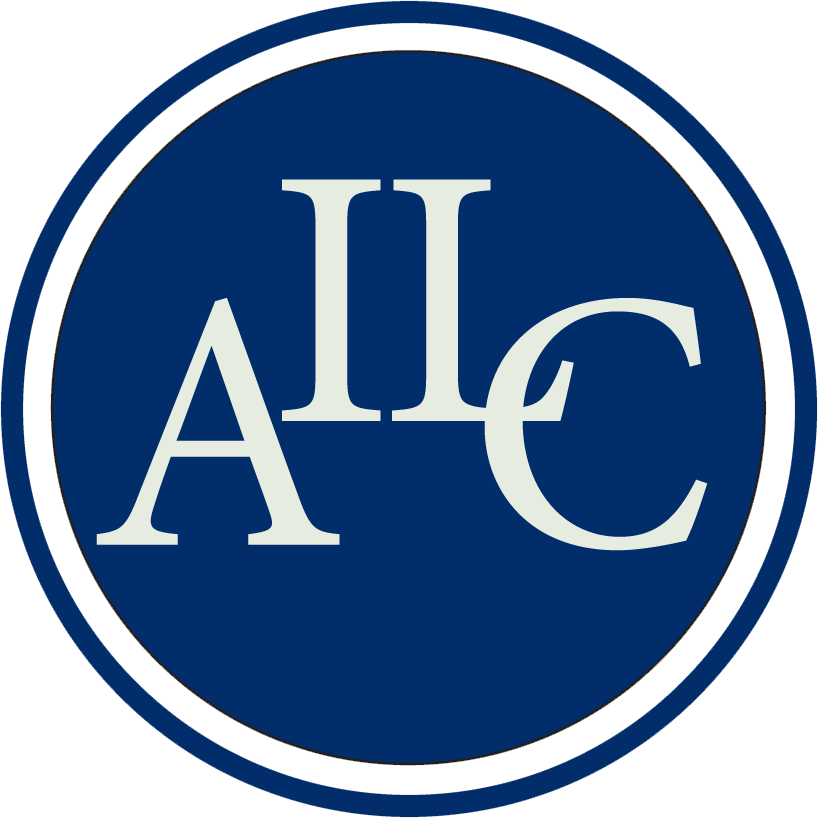
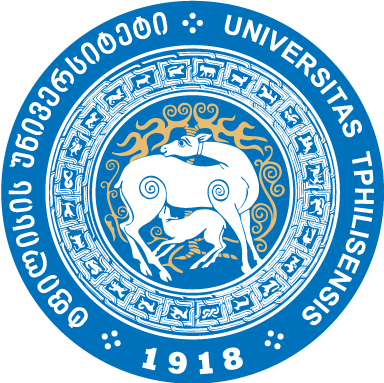


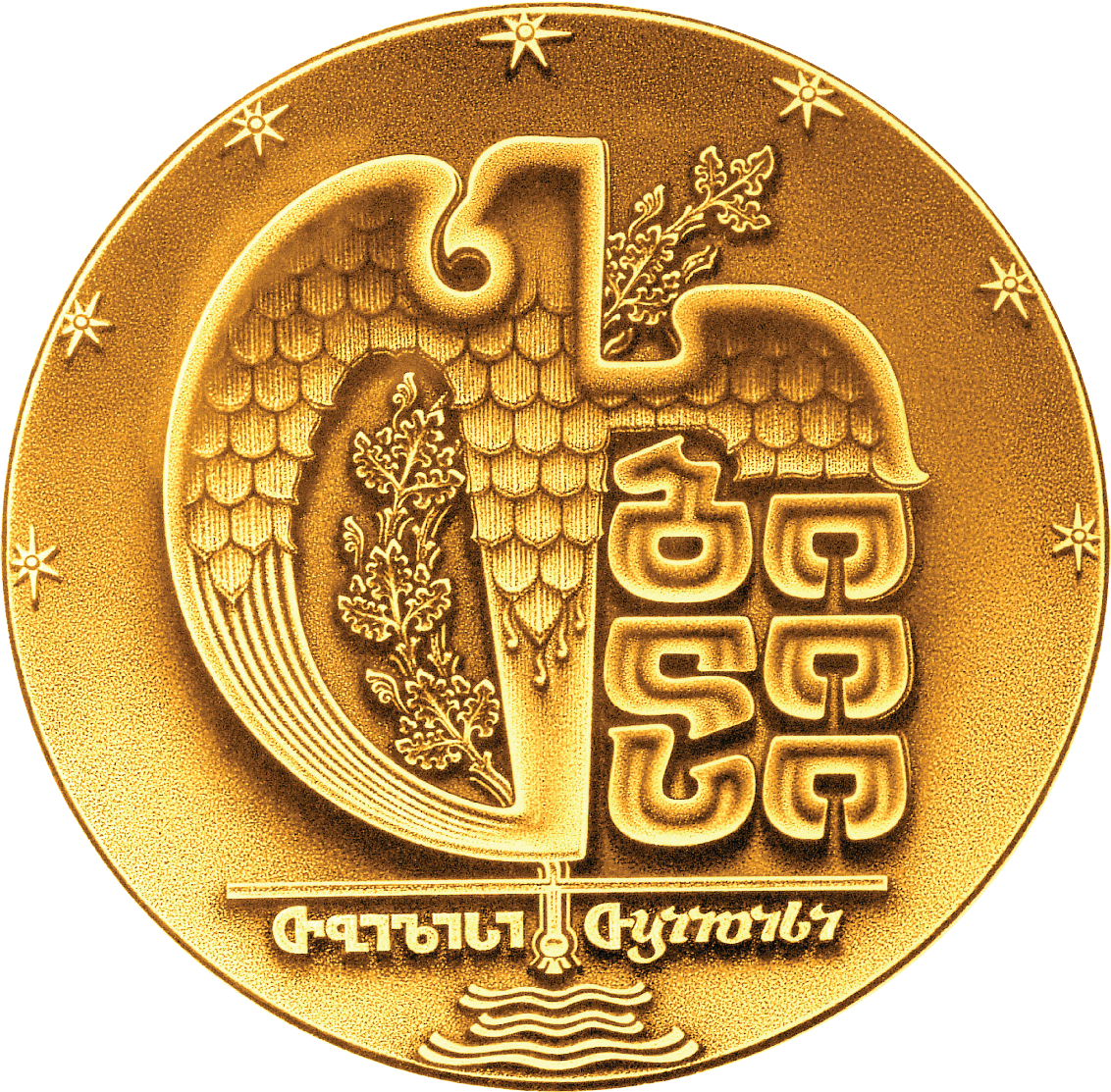
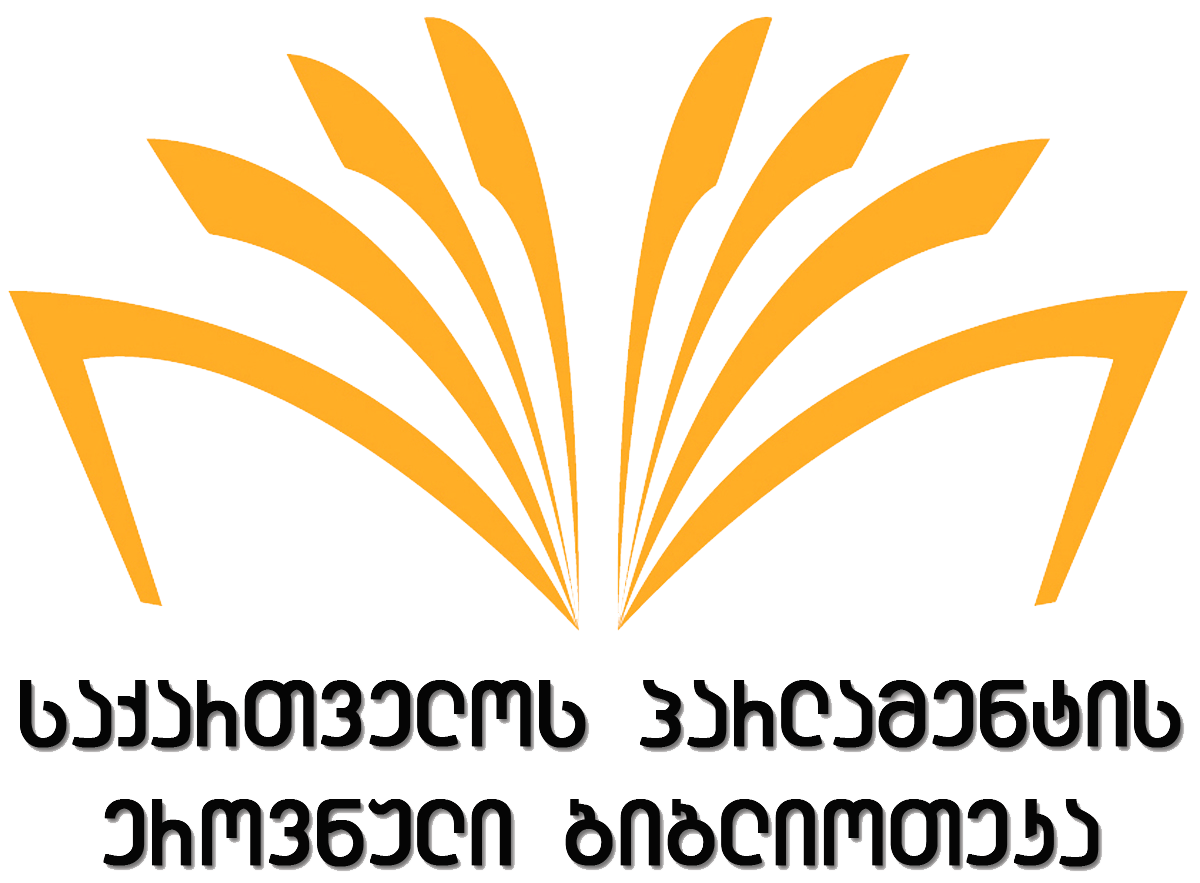
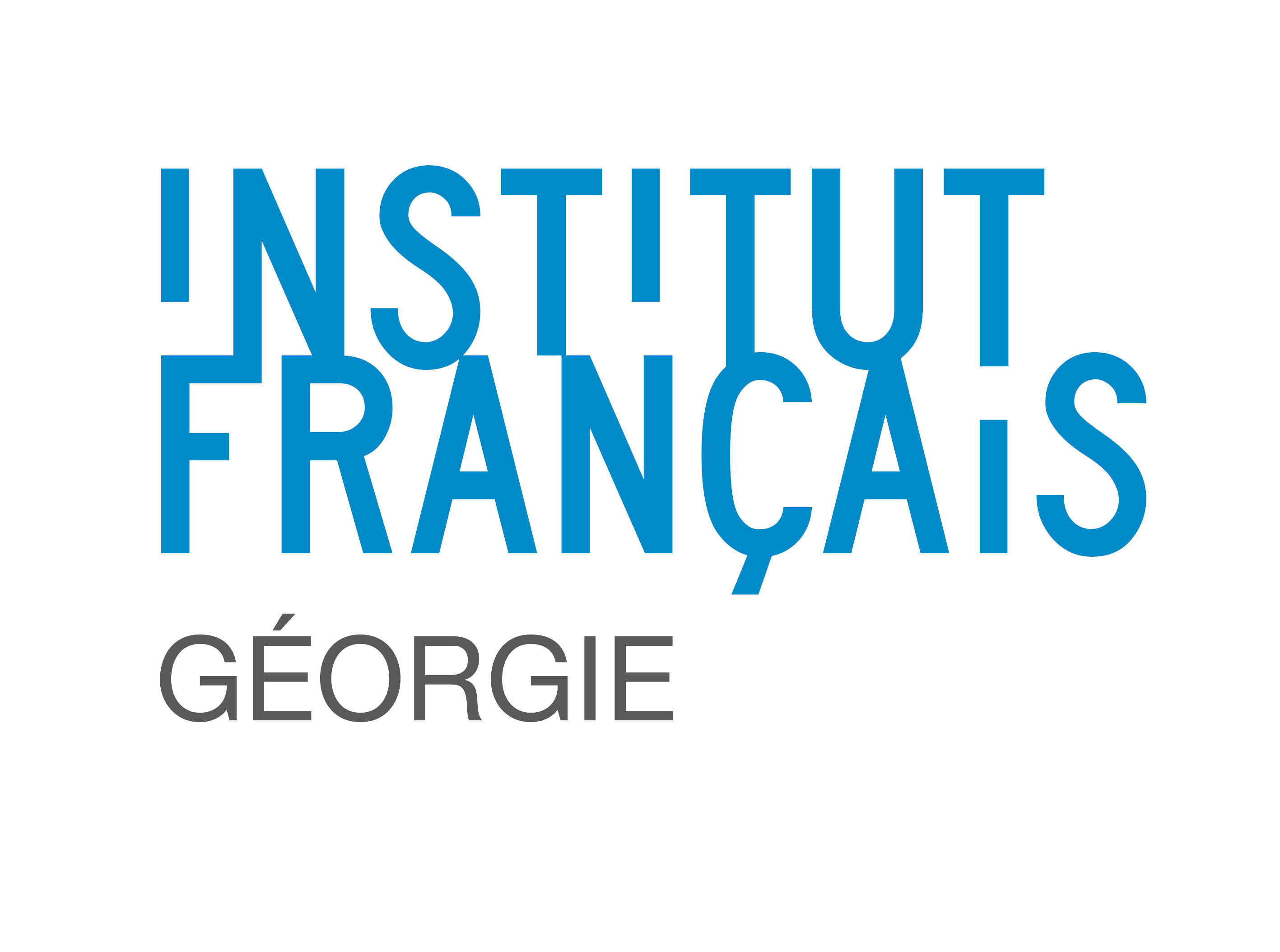




_001.png)

